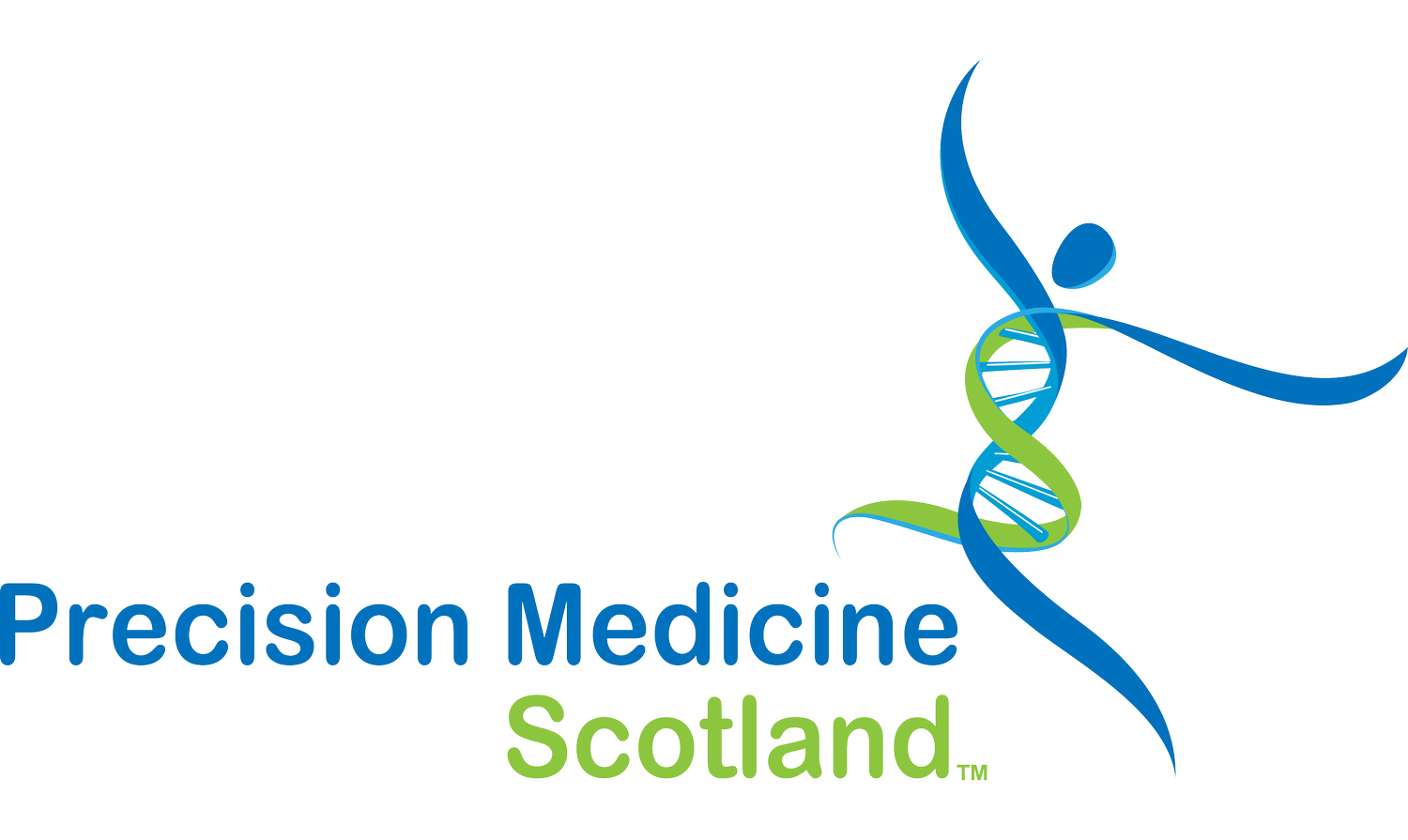Nature Medicine publication shines a light on a groundbreaking new “Big Data” liver disease database
A collaborative Scotland-wide project that compiles patient data from nearly 1000 patients with liver disease to create a secure, searchable, open resource has become a major new Nature Medicine publication.
The publication shines a light on the team of researchers led by the University of Edinburgh who have created an easy-to-use database of health data from patients with a specific type of liver disease called Metabolic dysfunction-associated fatty liver disease (MASLD).
The database is open to the wider scientific community and will make it significantly easier to conduct large-scale data-driven research to develop new diagnostic tests and treatments for those with liver disease. Ultimately, this will transform care for individuals with MASLD.
Fatty Liver Disease
Metabolic dysfunction-associated fatty liver disease (MASLD), previously called non-alcoholic fatty liver disease, is the most common cause of liver disease, affecting at least one in four adults worldwide. It is caused by a build-up of fat in the liver and is closely associated with obesity and type-2 diabetes. Early-stage MASLD does not usually cause harm but it can sometimes lead to serious liver damage, including cirrhosis (where healthy cells are replaced by scar tissue) and liver cancer, if it gets worse.
Unfortunately, it is not known why some people’s disease get worse and others’ don’t. There are no good tests to predict this happening and there are no drug treatments for MASLD on the market
Creating the SteatoSITE database
To address these challenges, the team of researchers compiled a large group of 940 MASLD cases from across Scotland in a project called SteatoSITE. The SteatoSITE project collected information about three key aspects of liver disease, including: the sort of liver damage that can develop in MASLD livers (pathology); which genes are present in the liver as MASLD gets more severe (RNA sequencing); and how this relates to the health of people with MASLD (electronic health record data collection).
The main objective of the project was to link this important information together to create a secure, searchable, open resource for MASLD research that could be used by the whole scientific community. The SteatoSITE resource is hosted by Precision Medicine Scotland-Innovation Centre (PMS-IC).
Key features of SteatoSITE
In a recent publication in Nature Medicine, the research team describe how SteatoSITE was created and detail its key features, including a web browser to look up genes of interest that were detected in the MASLD livers.
The team of researchers also conducted a comprehensive analysis of how liver pathology and different cells and molecules in the liver might cause severe outcomes in people with MASLD (such as death, cirrhosis and its complications, and liver cancer).
Nature Medicine journal article


